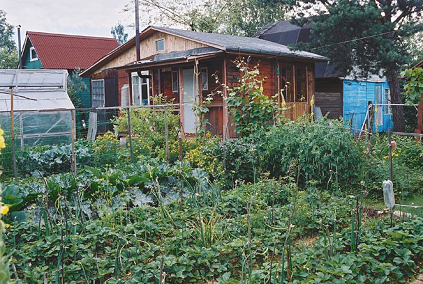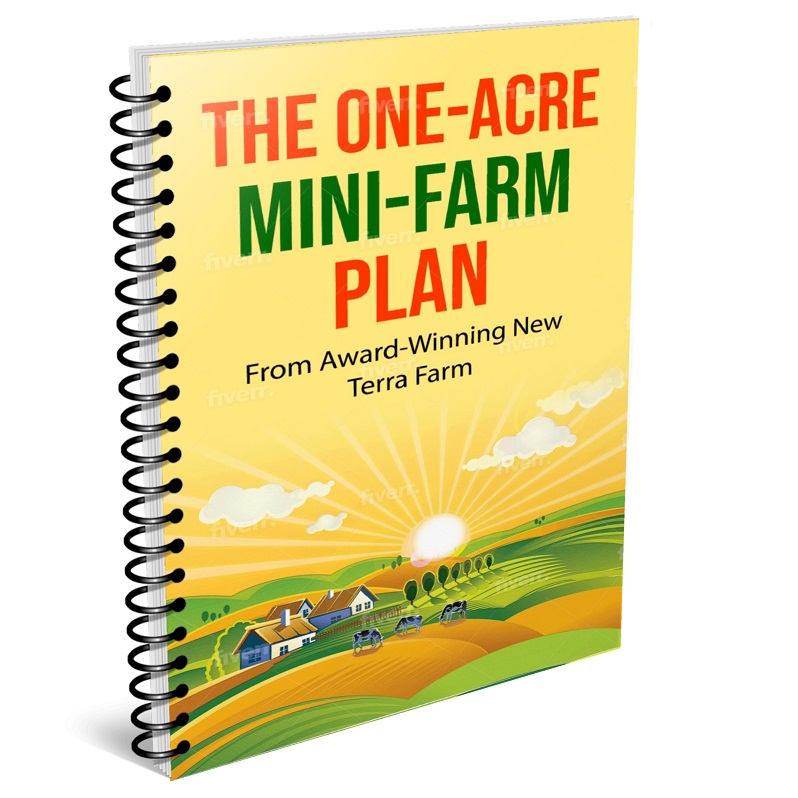A Food Storage and Survival Plan for Farmers and GrowersI've written this elsewhere: you need a food storage and survival plan because, in a crisis, Job # 1 is ensuring you can feed your family. And that means acquiring and storing up the necessities of life before the SHTF. All the money in the world won't help you if there's nothing to buy! And, thanks to the general looniness of our 'leaders', that could happen sooner than you think. e.g. Trudeau - more evil than stupid, or more stupid than evil? Tough call! And a sweet segue. Food will get you through times of no money better than money will get you through times of no food!You can't peel the wrapper off a loonie to get to the chocolate inside (a joke for my Canadian readers).  Multi-ply steel with a brass coating. Not very tasty. Multi-ply steel with a brass coating. Not very tasty.A roll of loonies in a sock would be a pretty good cosh, but otherwise not very helpful for survival. And food is a great barter item, even in normal times. I barter eggs, chickens, and pork for things I don't grow. One year I traded a lady a full share of my CSA market garden in exchange for her canning some garden goodies for me. I'm taking a bit of a different approach to this subject because I am a farmer and grower, and our challenges and resources are different than your typical Joe Urban. It's also a bigger topic that I can cover in one page, so more will be following. But, let's start looking at some ways to brew your own food storage and survival plan.  This is better than money in the bank This is better than money in the bankYou Gotta GROW it Before You STOW itStore-bought and prepackaged emergency survival foods certainly have a place in your planning (check out the banner below, my go-to resource). But you have the land, a survival garden needs to be high-priority on your list of preps. A garden designed to grow a LOT of calorie-heavy and storable crops could make the difference between an emergency and a tragedy. And in a time of stretched-out supply chains, rising prices, and shortages of all kinds, a survival garden makes sense even if civilization keeps chugging along. A Precedent: The Dacha Garden Photo credit Small Farmer's Journal Photo credit Small Farmer's JournalFree One-Acre Farm Plan
 Get my FREE One-Acre Farm Plan and learn how to raise pigs, chickens and more, integrated with an organic market garden, to
make more money from your small property. Enter your best email and the free report will be sent to you right away. I ran across this piece of history while doing research for my book Bootstrap Survival Garden: In a state-run economy where ensuring a consistent food supply can be problematical, a food storage and survival plan is essential. The dacha garden has been an important source of food for the people of Russia for over 1,000 years. About half of all the food grown in that country originates in a dacha garden. In 2000, approximately 105 million people or 71% of the population were engaged in dacha gardening, which produces:
This is accomplished without the use of machine or animal power. The Small Farmer's Journal article is a fascinating read, in particular the description of the informal barter system that has evolved. The Victory Gardens that were planted in Canada, the US, the UK and Australia during WWI and WWII are another great example of the concept. The Victory Gardens were a big part of stretching out the civilian food supply and preventing shortages, at a time when many commercial crops were feeding the war effort. One thing all these gardens had in common by the way, was a focus on:
When I wrote Bootstrap Survival Garden I added repeatability to the list i.e. the ability to replant from your own stores. The foundation crops in my survival garden plan (my Core Four) are Irish potatoes, sweet potatoes, winter squash, and dry beans. They can all be stored for an extended period, and you can replant from your stored harvest You could literally live on just this crop selection for an extended period of time (but you will have a less-boring diet if you grow the rest of the garden). And you can also look at my Nutrition Garden Model for more ways to grow a complete diet. Of course I like to eat more than veggies, so we also raise chickens for meat and eggs and pastured pork. Small livestock can easily be worked into your garden rotation to improve both the soil and your diet. And your farm-raised meats can be smoked, dehydrated or pressure-canned for long-term storage. So Start with a Food Storage and Survival Garden: There's no DownsideI think long-term food storage and survival planning HAS to include a Survival Garden. It's probably the cheapest way to acquire a lot of food in a relatively short period of time. The technology for canning, dehydrating, and freeze-drying food is now so good that you can literally build a shelf-stable food supply right from your own back yard. And if the 'S' does NOT hit the 'F', what have you lost? You learned how to feed yourself and your family, got some healthy outdoor exercise, saved some money and created potentially valuable barter items. That's a win, no matter what. More Self-Sufficiency ResourcesChapter 12 - Food Preservation: The Self-Sufficient Backyard Raise chickens, pigs and a productive organic garden: The Homesteader Book Bundle If you can finds 50 sq ft you can have fresh egg for breakfast (and maybe barter): The Eggs Factory If you need to build it on your homestead, the plans are here: 16,000 Woodworking Plans
|
See something you like? Share!
Recent Articles
-
Farm grown reviews of products recommended by New Terra Farm
Dec 04, 25 06:26 AM
Find great farm and garden products in my farm grown reviews -
Best Chicken Coop and Accessories for Small Farms and Homesteads
Nov 30, 25 09:18 AM
Looking for the best chicken coop? Here are the top coops, accessories, nest boxes, and gear to build a safe, productive poultry setup. -
Community Supported Agriculture Marketing Ideas To Sell Out The Season
Nov 05, 25 05:18 AM
Authentic Community Supported Agriculture marketing ideas to grow loyalty, boost sign-ups, and sell out your CSA every year



